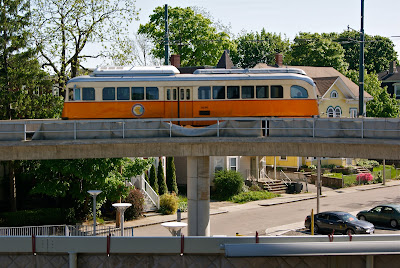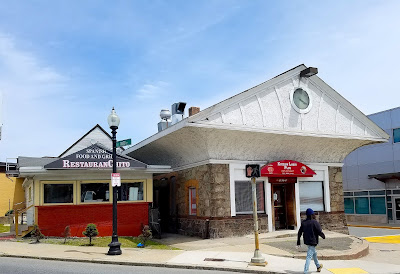From Dave Brigham, B.A., Journalism, Keene State College, 1987:
I've stumbled across all sorts of things over the course of 8+ years of exploring the backside of America -- an old gas pump in front of a cemetery monument company (see November 30, 2017, "Stone Cold Monuments)," a jalopy in the woods and the story of a notorious Colonial-era highwayman (see April 30, 2016, "The Tavern of Death)," and old pump houses in the woods (see November 20, 2011, "History Flows On, Part II)".
I can now add an abandoned college campus to that list.


Atlantic Union College was founded in Lancaster, Mass., in 1882, and was the oldest campus in the Seventh-day Adventist worldwide educational system, according to the school's web site. "It served the Northern New England Conference, New York Conference, Southern New England Conference, Bermuda Conference, Greater New York Conference, and Northeastern Conference," according to the history of the school posted on the web site.
The school announced in February that it would close, due to the loss of its subsidy from the Southern New England Conference, according to this Telegram & Gazette article. "Atlantic Union has formed articulation agreements with Southwestern Adventist University and Andrews University for that purpose," school spokesman Emmanuel Ortiz told the newspaper. "The college claims students won’t lose their credits if they enroll at either school," the article continues. The school reopened in 2015 after being shuttered for four years due to financial difficulties.
The school's web site now offers information to former students about how to obtain transcripts.
I knew none of this before visiting Lancaster for the first time recently. I had some time to kill while my son was at school taking part in a driver's ed program (in the near future I will post photos and background information about other things I found on my trip). I was aware, from doing a little research, that the college existed. I didn't plan, however, on visiting the campus. I wanted to check out Founder's Hall, which I learned about through some quick online research.

Magnificent, isn't it? Built in 1883, it was listed on the National Register of Historic Places in 1980. Somehow in my research I missed the fact that the hall is located on Atlantic Union's campus. So I drove up a short driveway and parked in a lot in front of the gorgeous building. After snapping a few pictures I looked around and realized that I was on campus....and that there wasn't a soul around. Sure, it was early June and I figured school was out for the summer. But college campuses always have some folks hanging around, either for summer classes or doing maintenance work or whatever.



So what will become of the campus? Since this is the second time it has closed in the last decade, I suspect it won't reopen as Atlantic Union. Perhaps, as happened in my adopted hometown of Newton, Mass., a larger college will swoop in, as UMass Amherst did with the struggling Mount Ida College.
Stay tuned....















